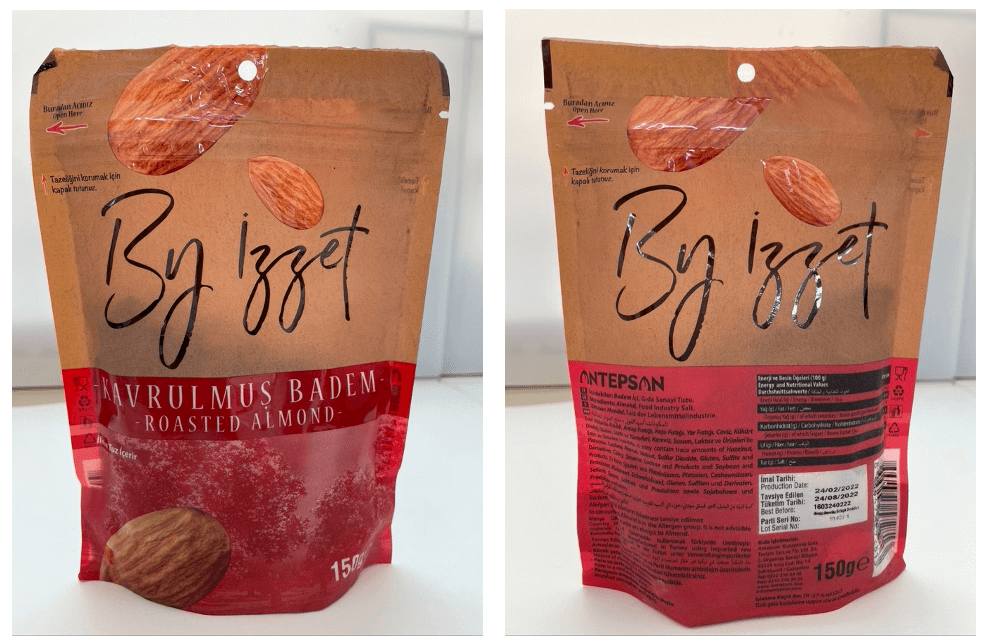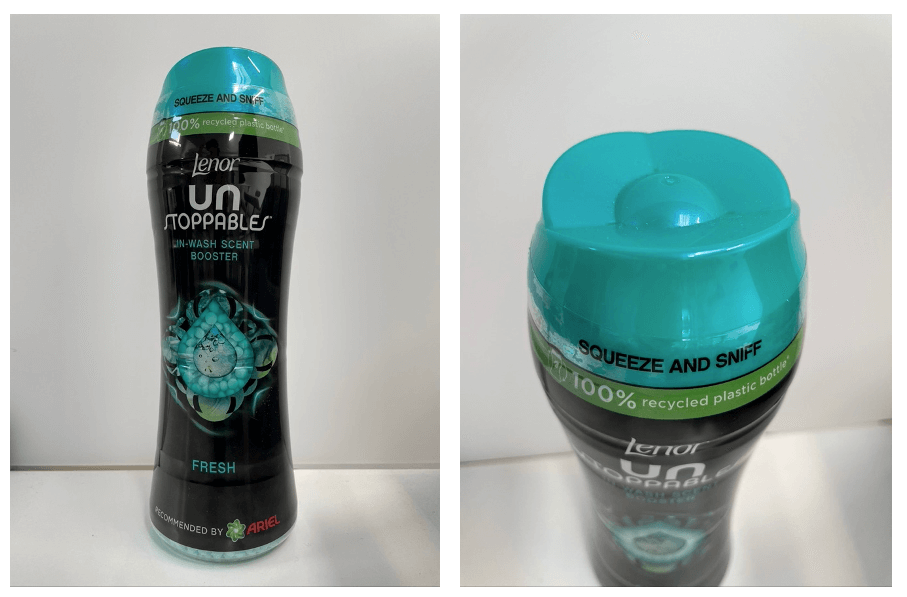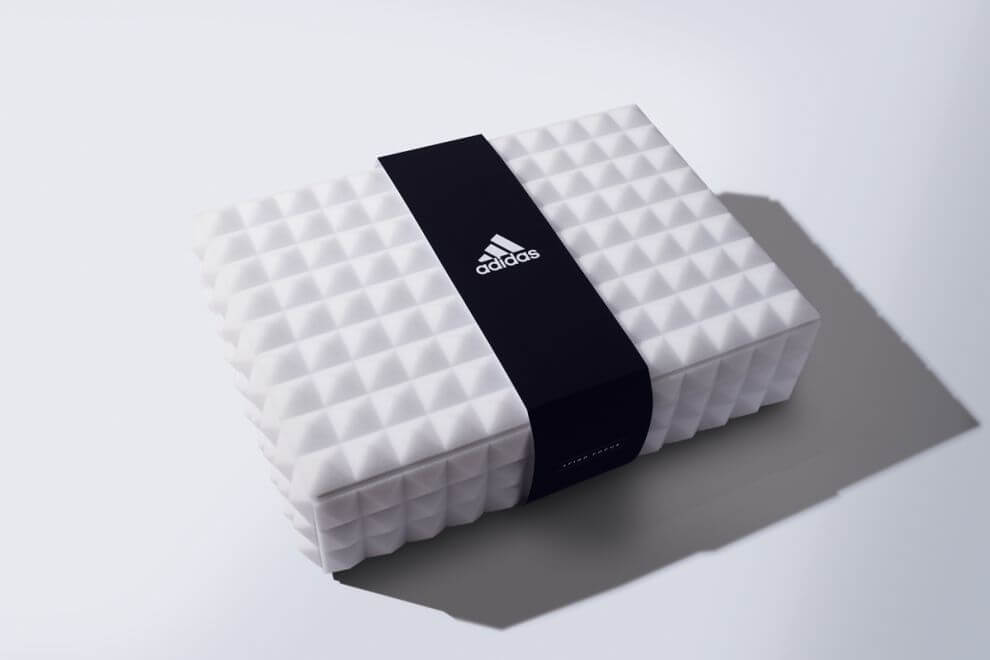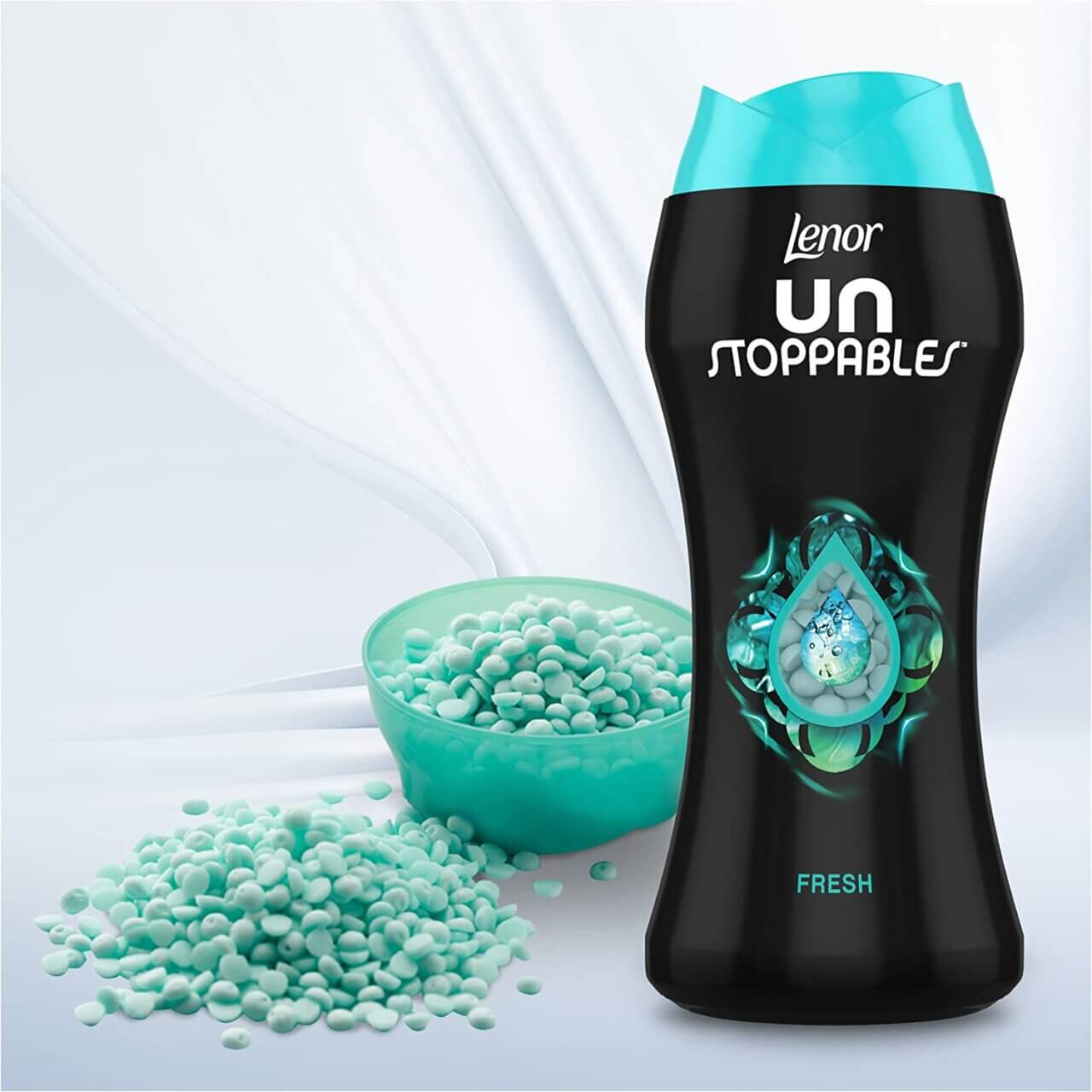Our Thoughts
All the Feels The Semiotics of Sensory Packaging
Packaging is often the first way customers interact with a product, but it is all too easy to forget that doing so is a deeply sensory experience. Of our five senses, vision is often the first to come to mind in terms of pack design – and indeed, oftentimes it is the first to be engaged by packaging as we scan shelves for products we recognise, or new ones to pique our interest.
However, the process of selecting and interacting with a product and its pack goes much further than that, sensorially. What do we feel, tangibly, as we pick the pack up from the shelf, carry it, open it at home? What do we feel – or even smell – as we unbox an online purchase? What sound does it make as you hold it, or it moves? The squeaky crunch of a flimsy plastic bottle cues disposability; the pop of a champagne cork can define the beginning of a celebration.
Sensory cues are clearly a vital part of packaging semiotics. Here we will explore some examples of brands that are getting them right.

Turkish snack brand By İzzet uses strongly contrasting textures to both visual and tactile effect. A smoother matt surface, with photography rendered unfamiliarly visually textured through use of monochrome, contrasts with a rough, almost sandpaper-like upper half the colour of less-processed paper – both of these elements providing stand-out. All of this is overlaid by the further contrast of ultra-smooth, high-shine coated elements that reflect ripples of light. The gritty upper pack connotes a rough-hewn naturalness – goodness that hasn’t been messed with – brought together with desirability, bright uplift (of the reflected light) and polish by the glossy elements. Meanwhile, the contrasting sum of the parts code complex, varied and nuanced flavour.
In the UK meanwhile, another brand getting consumers involved at the supermarket shelf is Lenor, with their Unstoppables laundry scent booster packaging. As the main selling point of the product, scent understandably plays an important role in our sensory interaction with this pack, but it is not the only sense being stimulated.

Clear instructions at the top of the pack invite us to “squeeze and sniff”, and the shape of the container – tapered in the centre – is a further cue to reach out and apply pressure in just the right place to release a waft of scent from the perforated lid. Further, moving the pack in your hand allows you to hear the rattle of the beads inside.
This moment of active, multi-sensory interaction with the product while still in the shop emphasises the immersive strength of the scent (transporting you to a full universe of fragrance right there in the aisle). It also suggests playful curiosity (scratch and sniff picture books, anyone?), coding Unstoppables as dynamically effective, and as a boost not only of scent but also of interest to the everyday routine of laundry.
As we have seen, close attention to the sensory details what might be considered fairly conventional packaging can elevate the FMG consumer experience. Nevertheless, some brands overtly integrate sensory elements as more of a defining feature to be highlighted.
For instance, this Adidas packaging created by Colt for an activation launching the Z.N.E. hoodie was sent out to athletes and influencers. The sensory experience they enjoyed focused, on the outside of the pack, on foam triangles. This sculptural element not only has a strong visual-tactile effect – soft yet pointed, squishy yet sharp, connoting balance – but through their visual allusion to soundproofing tech, invoke a third sense in the imagination: hearing.

The product concept centred on enabling focus, being designed to block out distractions with its oversized hood and by being very comfortable. While of course a box in front of you is not able to change the sound of the surrounding environment, seeing and touching the packaging calls to mind a kind of sensory deprivation that fits so neatly with this goal, while the lush depressability of the foam cues depth of feeling – a sensation you can sink into.
3 key takeouts for brands:
- Don’t forget the power of sensory cues on packaging throughout the whole experience of interacting with your product, all the way from shelf to home.
- Thinking about packaging from a multi- (not singular) sensory perspective can lead to a persuasively immersive consumer experience, as well as bringing some fun into the everyday.
- Whether adding subtle touch/smell/sound details or creating an all-out sensory flagship pack, understanding the meaning of these cues and aligning it with the values and benefits you want to communicate is essential.
Sophia Lucena Phillips, Senior Semiotician

